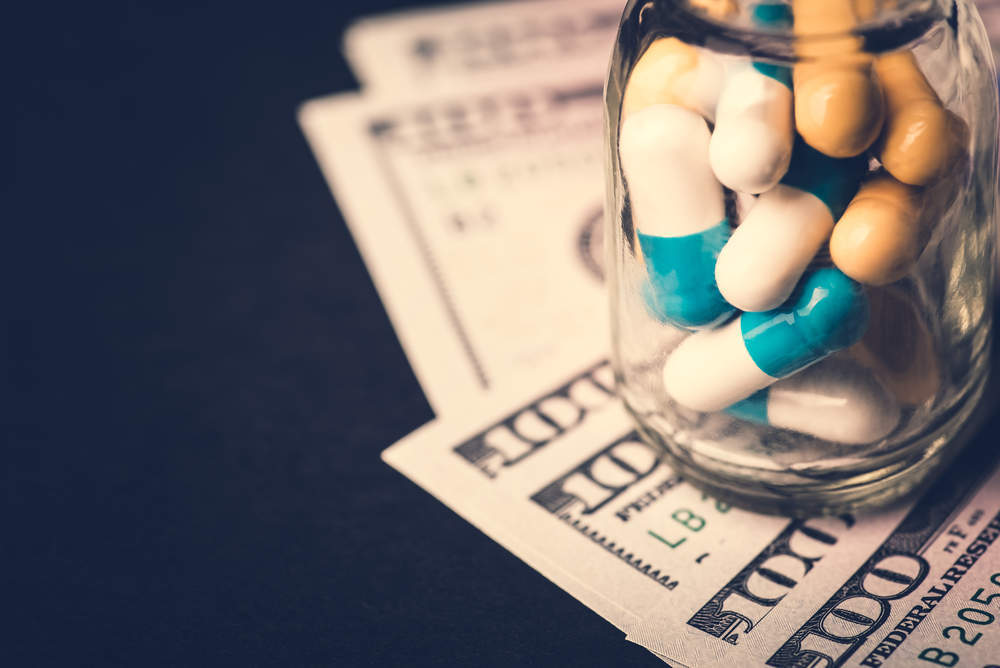Drug development is a lengthy, complicated and costly process, with a high rate of attrition.
Preliminary tests often don’t accurately predict a disease’s response to medication, and there are further complications caused by differences between patients.
These factors mean that attempting to bring a drug to market is a high-risk undertaking.
A localised problem?
High drug pricing is particularly common in the US.
This is because the US government does not regulate prices – unlike many EU countries and Japan, where government agencies negotiate drug prices, with cost effectiveness assessed by bodies such as NICE, IQWiG and MHLW.
Price hiking has become increasingly prevalent in recent years, with drugs like Daraprim, Alcortin A and H.P. Acthar Gel involved in pricing controversies.
How well do you really know your competitors?
Access the most comprehensive Company Profiles on the market, powered by GlobalData. Save hours of research. Gain competitive edge.

Thank you!
Your download email will arrive shortly
Not ready to buy yet? Download a free sample
We are confident about the unique quality of our Company Profiles. However, we want you to make the most beneficial decision for your business, so we offer a free sample that you can download by submitting the below form
By GlobalDataWhy do drug prices go up?
Drug shortages, rising research costs and lack of competition have all contributed to spiralling drug costs.
Drug raw materials are often imported from abroad, which means the industry is vulnerable to all kinds of political, environmental and logistical set-backs – leading to shortages. Oncology drugs and injectables are particularly susceptible to raw material shortage.
A lot of new drug approvals are for orphan diseases or disease subtypes, meaning the cost of research is high, while the potential treatment population is fairly small. Pharma companies will therefore often price these drugs more highly to recoup R&D costs.
Older generic drugs can often cease to be profitable, meaning pharma companies discontinue production. If a scenario occurs where only one or two companies manufacture a certain drug, the drug’s price will often rocket due to the drop-off in competition.
The outlook? More hikes…
Drug R&D is becoming increasingly expensive.
Many newer drugs are biologics, which are manufactured using living cells under strict conditions, and are more complex and costly to produce than traditional small molecule drugs.
Additionally, lack of interchangeability often deters pharma companies from developing biosimilars once a biologic’s patent expires, meaning there is even less competition than would normally be expected.
All of this means that price hiking is likely to become more common in the coming years.
This scenario will leave many patients unable to afford treatment for serious illnesses, and raises serious concerns regarding access to treatment.








Related Company Profiles
HP Inc